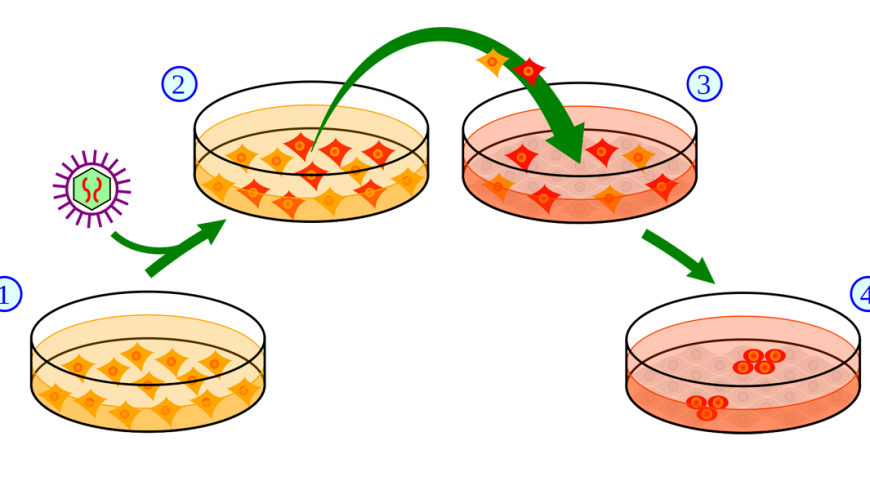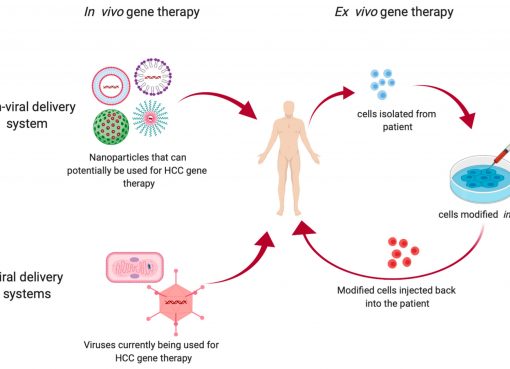Dolly, the first mammal to be cloned from an adult somatic cell was an exciting breakthrough of biological science. This cloning done by Ian Wilmut, Keith Campbell and colleagues at the Roslin Institute was not only a gift to society but also it helped in understanding various complex phenomena of developmental genetics. The birth of Dolly proved that cell differentiation does not lead to any irreversible change in the cells and they can still be reverted back to totipotent state. This happens because of activation of a new set of genes which normally are silent and this subsequently leads to reprogramming of the cell. The process then induces the cell to begin a new life. Sir John Gurdon, was the first to demonstrated the somatic cell reprogramming phenomenon in tadpole. Dr. Yamanaka later on could explain the underlying mechanism of cell reprogramming by using some exogenous factors (Oct4, Sox2, Klf4, and c-Myc) and could generate Induced Pluripotent Stem Cells (iPSCs).
Reprogramming or more precisely nuclear reprogramming is a phenomenon, by which somatic cells (i.e.‘terminally differentiated’) are converted to typical embryonic stem cells, which can further differentiate to form all the cell types of the body. It is marked by deregulation, abnormal expression of key regulator(s), induction of cell cycle, initiation of a series of events that alter the epigenome of the cell, resulting to a different cell type. Hochedlinger and Jaenisch define “nuclear reprogramming as the reversal of the differentiation state of a mature cell to one that is characteristic of the undifferentiated embryonic state”. Understanding of nuclear reprogramming imparts three important information. Firstly, it provides information about the regulation of normal gene expressions during cell differentiation and specialization. Secondly, it represents the first step in cell-replacement therapy, where defective cells are replaced by normal cells of the same or a related kind but derived from a different cell type. Thirdly, it enables the culture of cells from diseased tissues for better analyzation of the disease nature and to screen the appropriate therapeutics.
This amazing discovery has several important implementations in reproductive cloning and profound applicability in species conservation. The somatic and germ cell of critically endangered species could be used in somatic cell nuclear transfer for production of reproductive clone where nuclear reprogramming is the prime requisite. The problem of immunosuppression in cell replacement therapy/tissue engineering can be avoided by appropriate nuclear reprogramming. Nuclear reprogramming eventually, make it possible to replace defective tissue of heart, pancreas, etc., with othercells of the same individual.
There are several methods of nuclear reprogramming. Each method has its own advantages and limitations. In reprogramming by nuclear transfer, the genetic material of an oocyte or zygote is replaced with that of a differentiated cell such as a fibroblast. The method of cellular fusion based reprogramming is performed by hybridization of embryonic Stem (ES) cell and somatic cell. Direct reprogramming is done by retrovirus-mediated introduction of transcription factors to the target cells which confers the pluripotent phenotype. The fourth type of reprogramming is explantation based, in which the tissue (e.g. testes) from neonatal and adult (Mice) cells, cultured in appropriate conditions get converted to multipotent cells (e.g. multipotent adult spermatagonial cells (MAS). Reprogramming by exogenous transcription factors has several important biomedical implementations. It is mainly usedfor the creation of induced pluripotent stem cells (iPSCs) from mature cells (e.g. adult fibroblasts). It also facilitates the production of non-embryogenic stem cells for therapeutic purpose.
Because of genomic imprintingthe germ cells (sperm and oocytes) are properly reprogrammed. This is required for maintenance of totipotency of the newly formed embryo. To be successful clones the nuclear reprogramming is of outmost importance. The induced pluripotent stem cells (iPSCs) that hold great promise in the clinic for transplantation therapy also relay on Nuclear Reprogramming. In this case the identification of ideal reprogramming factor combinations, culture conditions, starting cell are the key players. Understanding the elements that affect the reprogramming process will definitely help in unveiling more and more of the underlying mysteries of the nature.
Biswajyoti Borah, Pankaj Deka, Girin Hazarika, Sangeeta Baro, Chayanika Das and Krishna Sharma College of Veterinary Science, Khanapara, Guwahati-22




